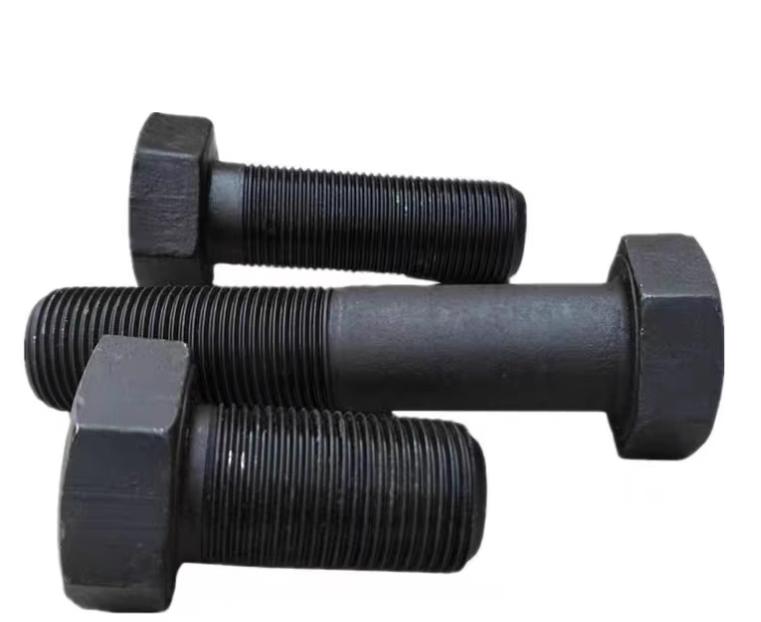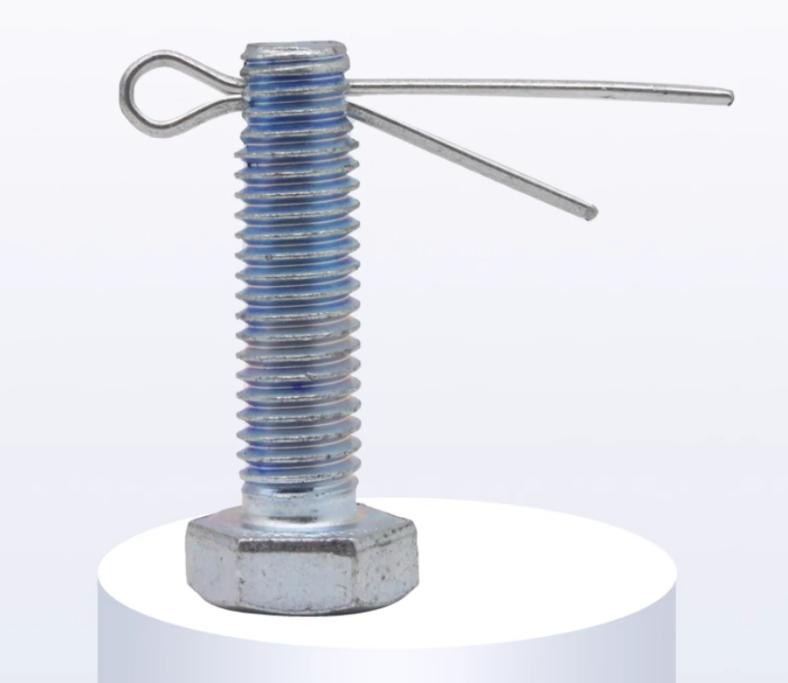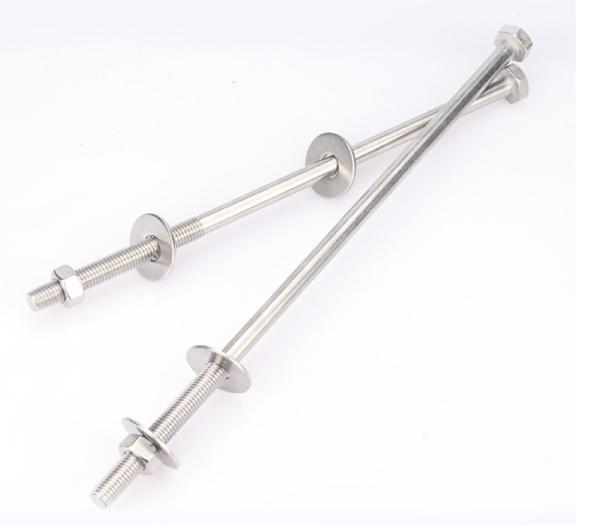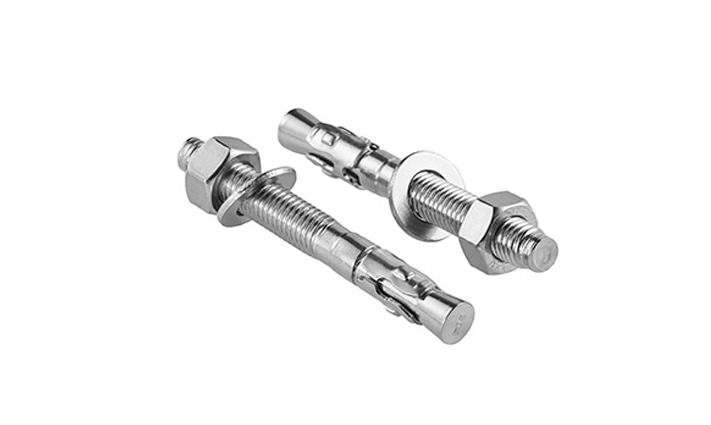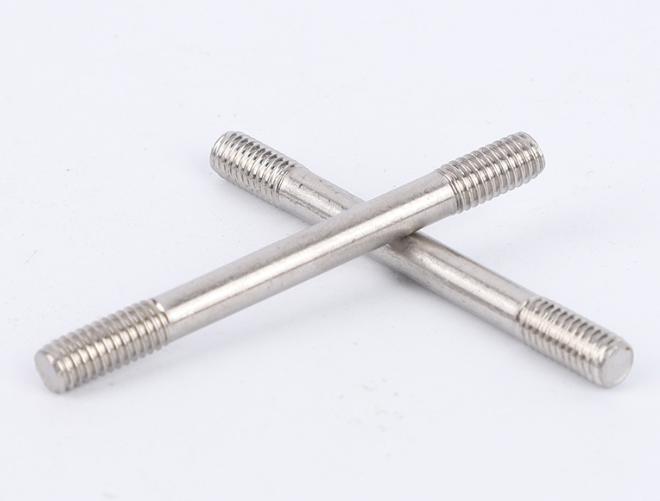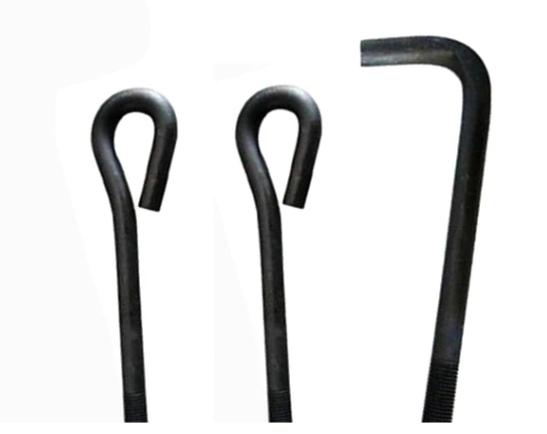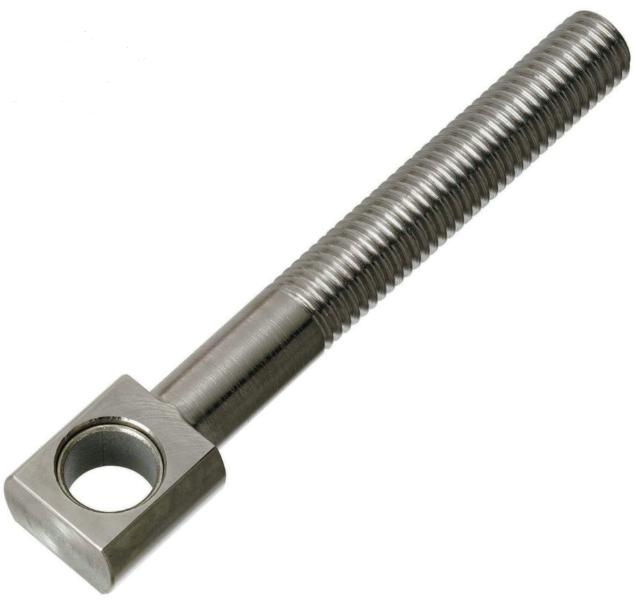Bolt Preload: How to Calculate and How to Control
Bolted joints are a fundamental aspect of engineering and construction, serving as connectors that hold structures and machinery together. The effectiveness of these joints relies on a crucial factor known as bolt preload. Bolt preload, often referred to as bolt tension, is the initial axial force applied to a bolt before any external loads are introduced. This preload ensures that the joint remains tight and stable even when subjected to various forces and vibrations. This article delves into the significance of bolt preload, its calculation methods and strategies for controlling it.
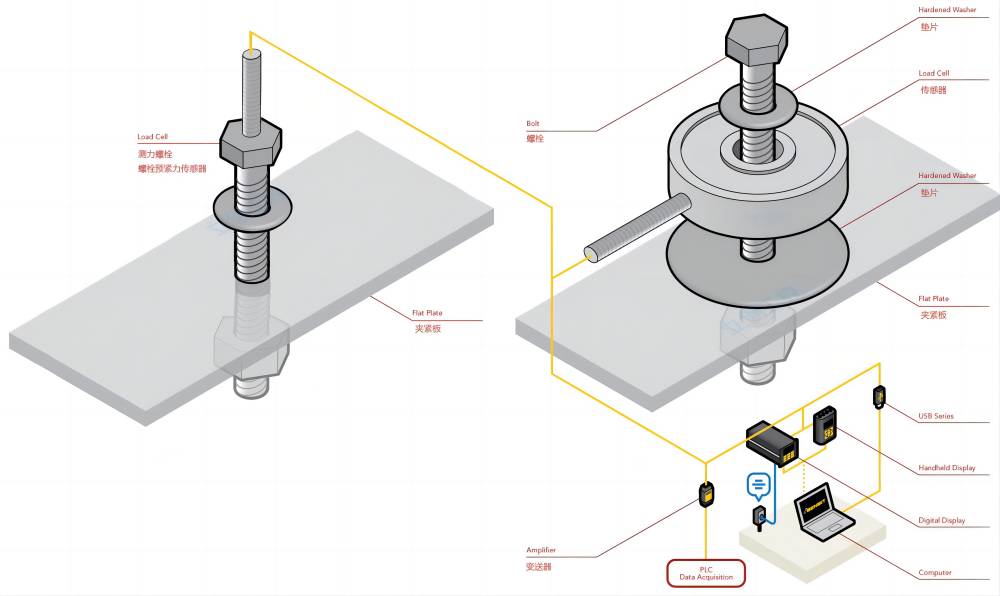
How to Calculate Bolt Preload?
Bolt preload is the tension created in a bolt when it is tightened. It is the force that holds the two parts of a bolted joint together. The preload must be sufficient to prevent the joint from coming apart under normal operating loads, but it must not be so high that it damages the bolt or the parts being joined.
There are several methods for calculating bolt preload. The most common method is the tensile stress method. In this method, the preload is calculated by dividing the tensile strength of the bolt material by the safety factor. The safety factor is a number that accounts for the uncertainty in the calculation and the possibility of the bolt being damaged during bolt tightening.
The following formula is used to calculate bolt preload using the tensile stress method:
Preload = Tensile Strength of Bolt Material / Safety Factor
For example, if the tensile strength of the bolt material is 10,000 psi and the safety factor is 2, then the preload would be 5,000 psi.
The following are the steps on how to calculate bolt preload using the tensile stress method:
- Determine the tensile strength of the bolt material. This information can be found in the bolt’s specifications.
- Determine the safety factor. This is typically a number between 2 and 3.
- Divide the tensile strength of the bolt material by the safety factor. This will give you the preload in psi.
For example, let’s say we have a bolt with a tensile strength of 10,000 psi and a safety factor of 2. The preload would be calculated as follows:
Preload = 10,000 psi / 2 = 5,000 psi
This means that the bolt must be tightened to a torque that will create a tension of 5,000 psi in the bolt.
The slip-critical method is another method for calculating bolt preload. In this method, the preload is calculated by dividing the coefficient of friction between the bolt and the nut by the pitch of the bolt thread. The coefficient of friction is a measure of the resistance to slippage between two surfaces. The pitch of the bolt thread is the distance between adjacent threads.
The following formula is used to calculate bolt preload using the slip-critical method:
Preload = Coefficient of Friction * Pitch of Bolt Thread
For example, if the coefficient of friction between the bolt and the nut is 0.3 and the pitch of the bolt thread is 1 inch, then the preload would be 0.3 inches.
The following are the steps on how to calculate bolt preload using the slip-critical method:
- Determine the coefficient of friction between the bolt and the nut. This information can be found in engineering handbooks or by conducting a friction test.
- Determine the pitch of the bolt thread. This information can be found in the bolt’s specifications.
- Multiply the coefficient of friction by the pitch of the bolt thread. This will give you the preload in inches.
For example, let’s say we have a bolt with a coefficient of friction of 0.3 and a pitch of 1 inch. The preload would be calculated as follows:
Preload = 0.3 * 1 inch = 0.3 inches
This means that the bolt must be tightened to a torque that will create a displacement of 0.3 inches between the bolt head and the nut.
The choice of which method to use for calculating bolt preload depends on the specific application. The tensile stress method is more accurate, but it is also more difficult to use. The slip-critical method is less accurate, but it is easier to use.
In addition to the above, here are some other factors that can affect bolt preload:
- The type of bolt
- The type of nut
- The lubrication used
- The ambient temperature
- The environment in which the joint is operating
It is important to consider all of these factors when calculating and controlling bolt preload.
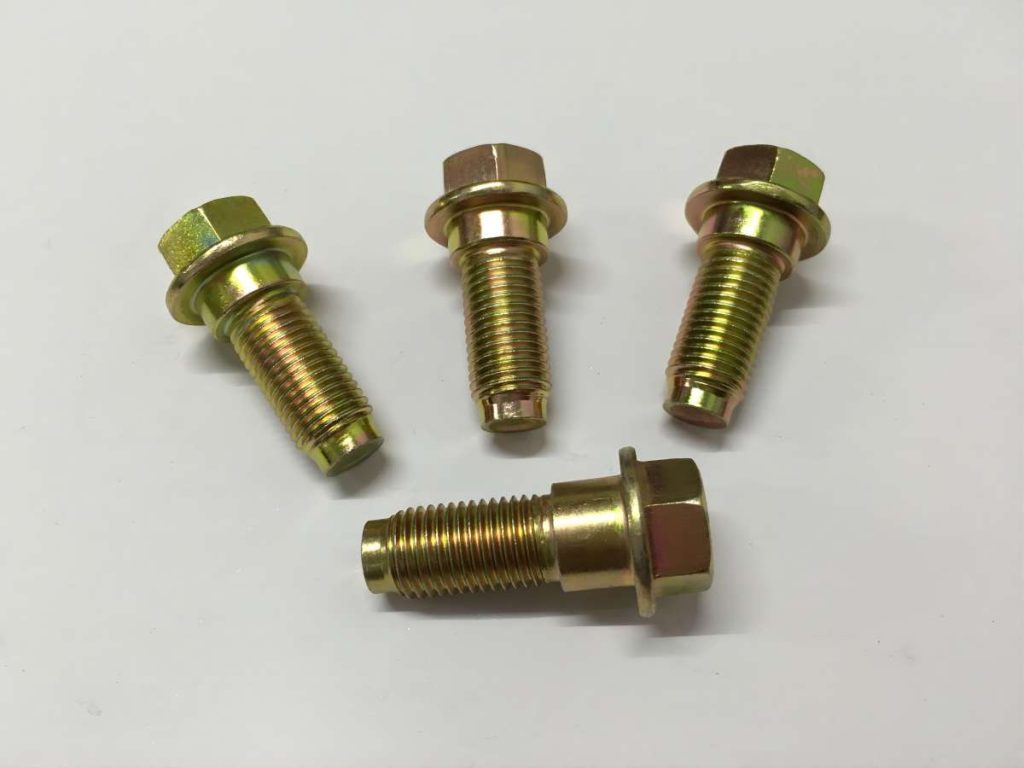
How to Control Bolt Preload?
Here are the five most common methods for controlling bolt preload:
- Torque Control for Preload
One widely used method for controlling bolt preload is through torque application. The relationship between bolt torque and bolt preload is linear, allowing engineers to theoretically calculate or experimentally determine the preload value by controlling the applied torque. However, in real-world scenarios, factors like friction coefficients and geometric variations can significantly impact the relationship between torque and preload. As a result, the accuracy of using torque to control bolt preload can have errors ranging from ±25% to ±40%. Instruments such as torque wrenches and limit torque wrenches are used to achieve relatively high accuracy in torque control.
- Angle Control for Preload
Controlling bolt preload through nut rotation angle is another approach. Engineers calculate the required preload and then tighten the nut by a specific angle to achieve the desired preload. A simple method to measure nut rotation angle is by marking a reference line on the nut and counting the number of full turns. The precision of this method lies within a range of 10° to 15°.
- Bolt Elongation Control for Preload
Bolt elongation, which is directly related to bolt stress, is a method that provides high accuracy in preload control. This technique eliminates the influence of variables like friction coefficients, contact deformations, and deformation of connected parts. By measuring the elongation, engineers can achieve precise control over bolt preload. This method is extensively employed in critical applications where bolted connections demand accurate preload control.
- Hydraulic Tensioners for Preload Control
Hydraulic tensioners are utilized to apply tensile forces to bolts, elongating them. After tightening the nut, the load is released, and the bolt contracts, resulting in a preload equivalent to the tension applied during the hydraulic process. This method significantly improves preload control accuracy as hydraulic tensioners eliminate friction forces. Hydraulic tensioners are suitable for bolts of any size and can be used to simultaneously apply preload to a group of bolts, ensuring even compression of nuts and washers without compromising control accuracy.
- Torque-Angle Control for Preload
The torque-angle method involves applying a specific torque to the bolt and then rotating the nut by a certain angle. The relationship between torque and angle is checked to ensure proper preload. The process starts by applying torque until the nut, bolt, and connected parts are securely clamped. Then, the nut rotation angle is measured, and both torque and angle are used to control the tightening process. This method leverages the information provided by torque and nut rotation angle to accurately control bolt preload. It also helps identify instances of insufficient or excessive tightening during the installation process.
The best method for controlling bolt preload depends on the specific application. Torque control is the most common method because it is relatively easy to use. However, it is not always the most accurate method. Angle control is more accurate than torque control, but it is also more difficult to use. Stretch control is the most accurate method, but it is also the most expensive and time-consuming method. Hydraulic tensioning is a versatile method that can be used to tighten bolts of any size or shape. It is also a relatively accurate method.
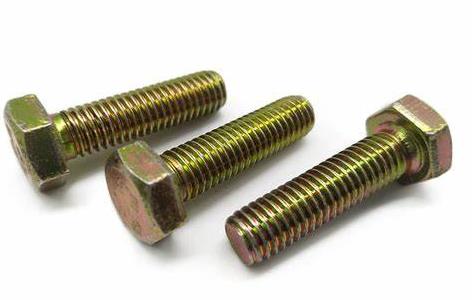
Summary
Bolt preload is an important factor in the design and assembly of the joints for various bolts. The preload must be sufficient to prevent the joint from coming apart under normal operating loads, but it must not be so high that it damages the bolt or the parts being joined. There are several methods for calculating bolt preload and several ways to control bolt preload. It is important to use the correct method and to control bolt preload properly to ensure the safety and reliability of the bolted joint.

